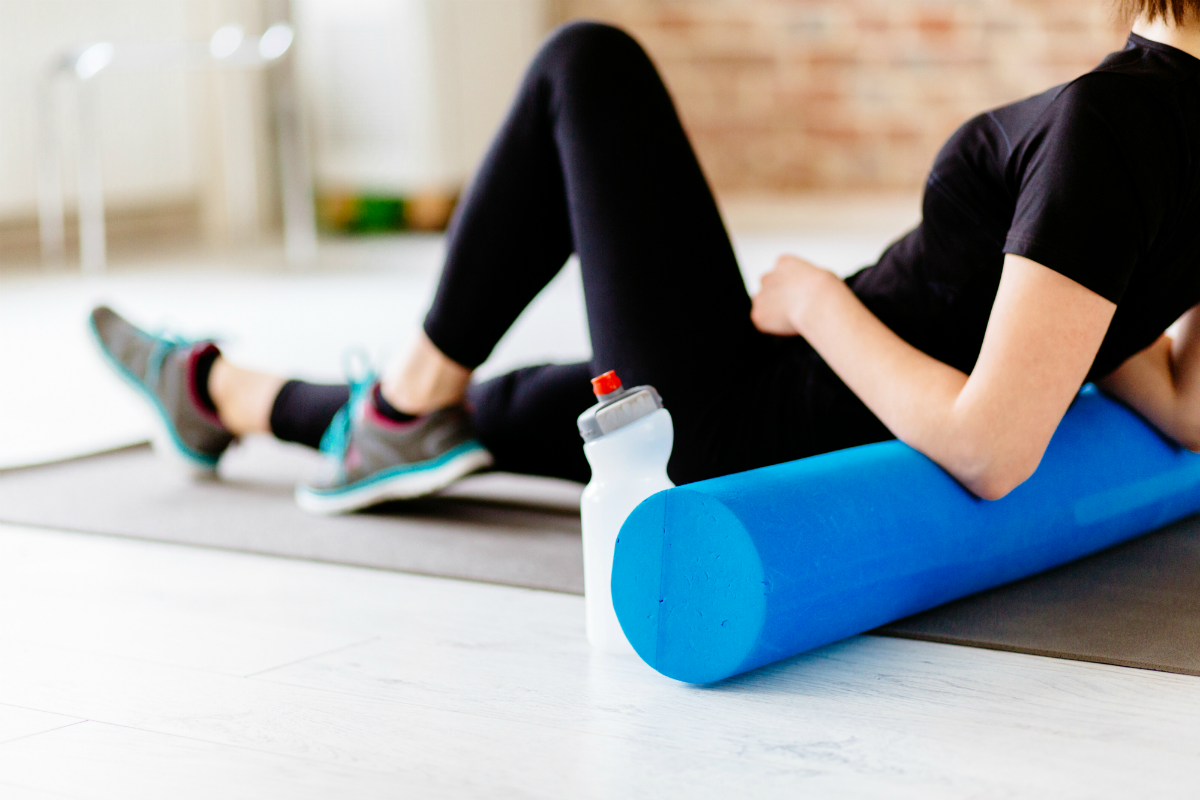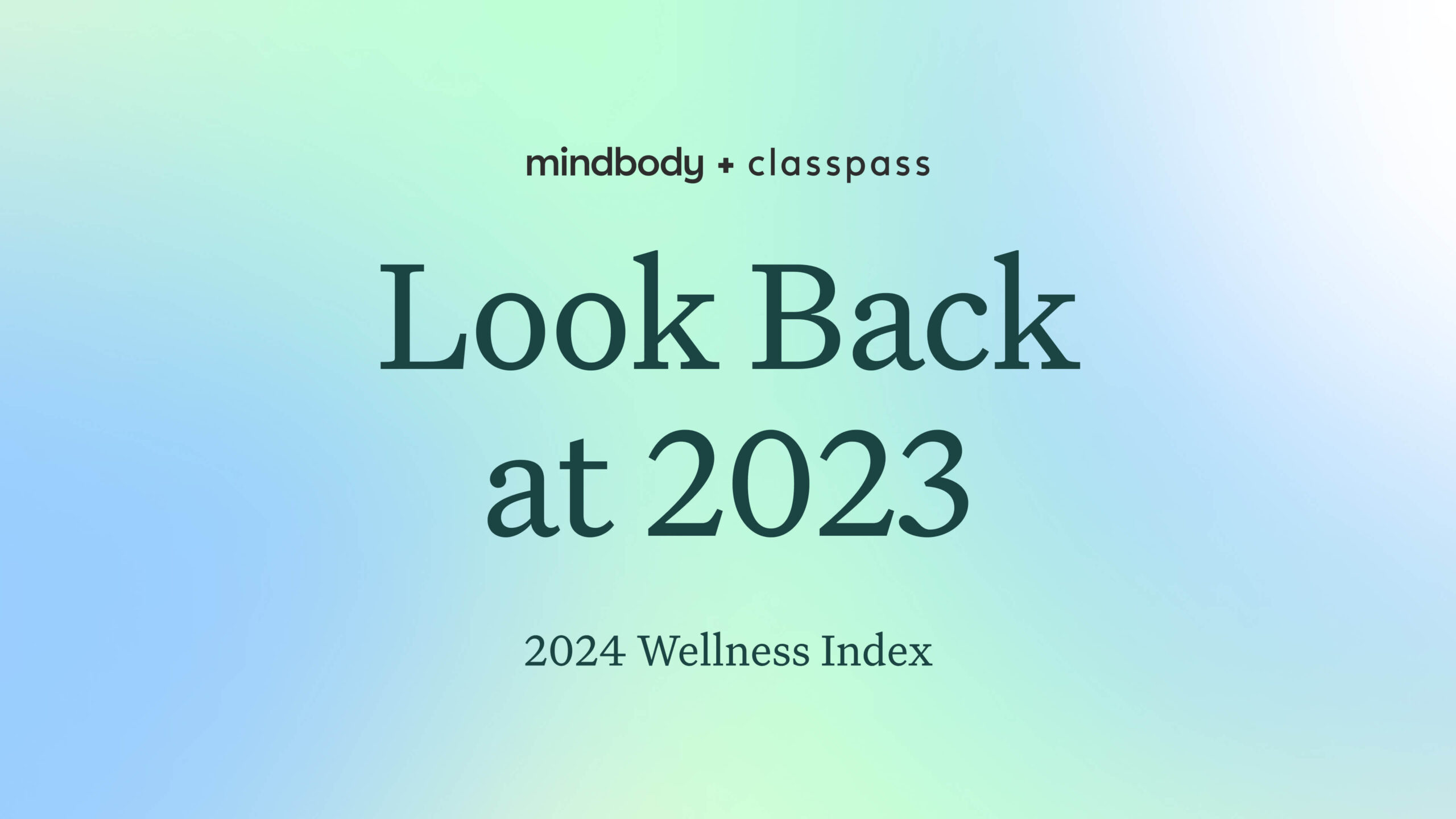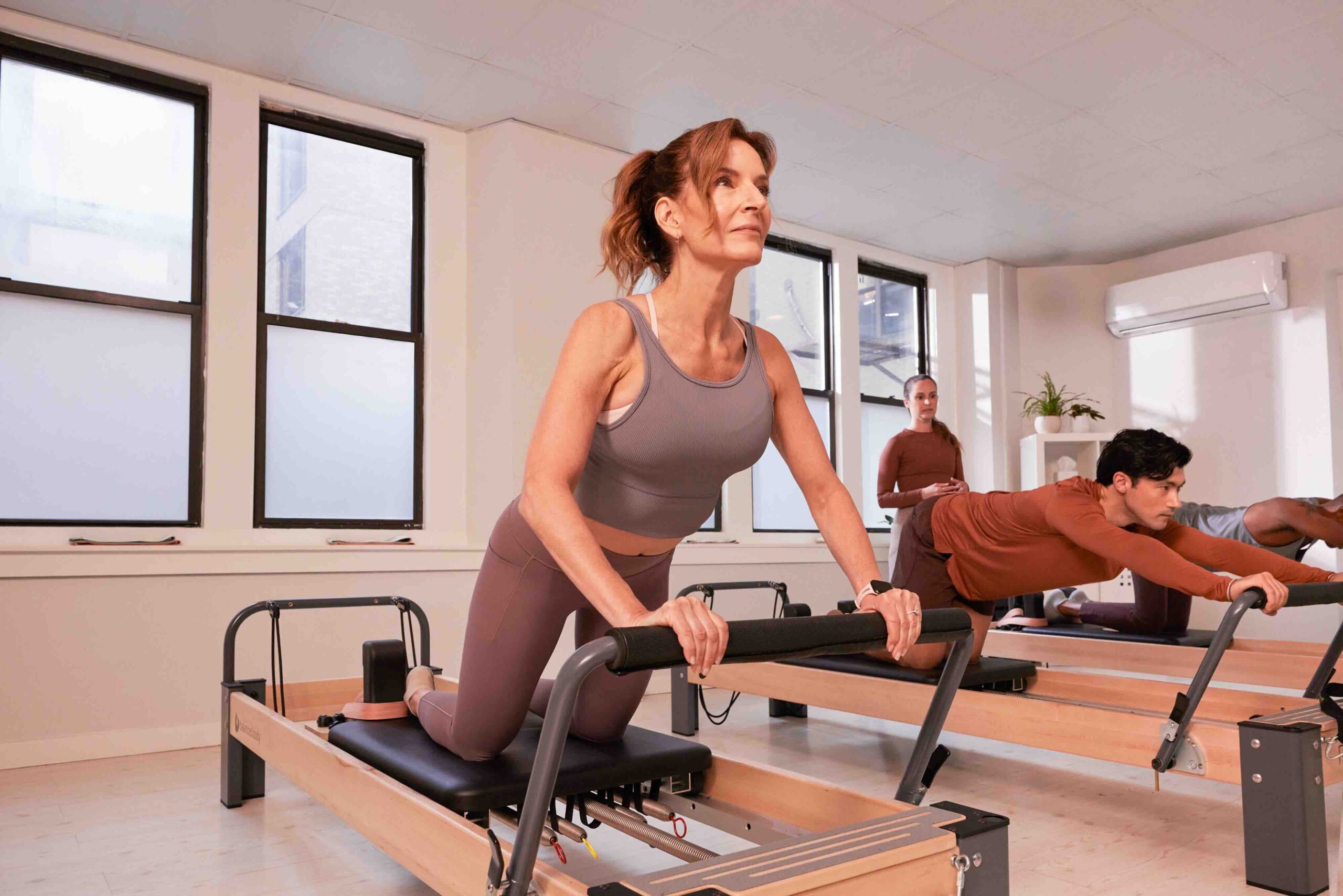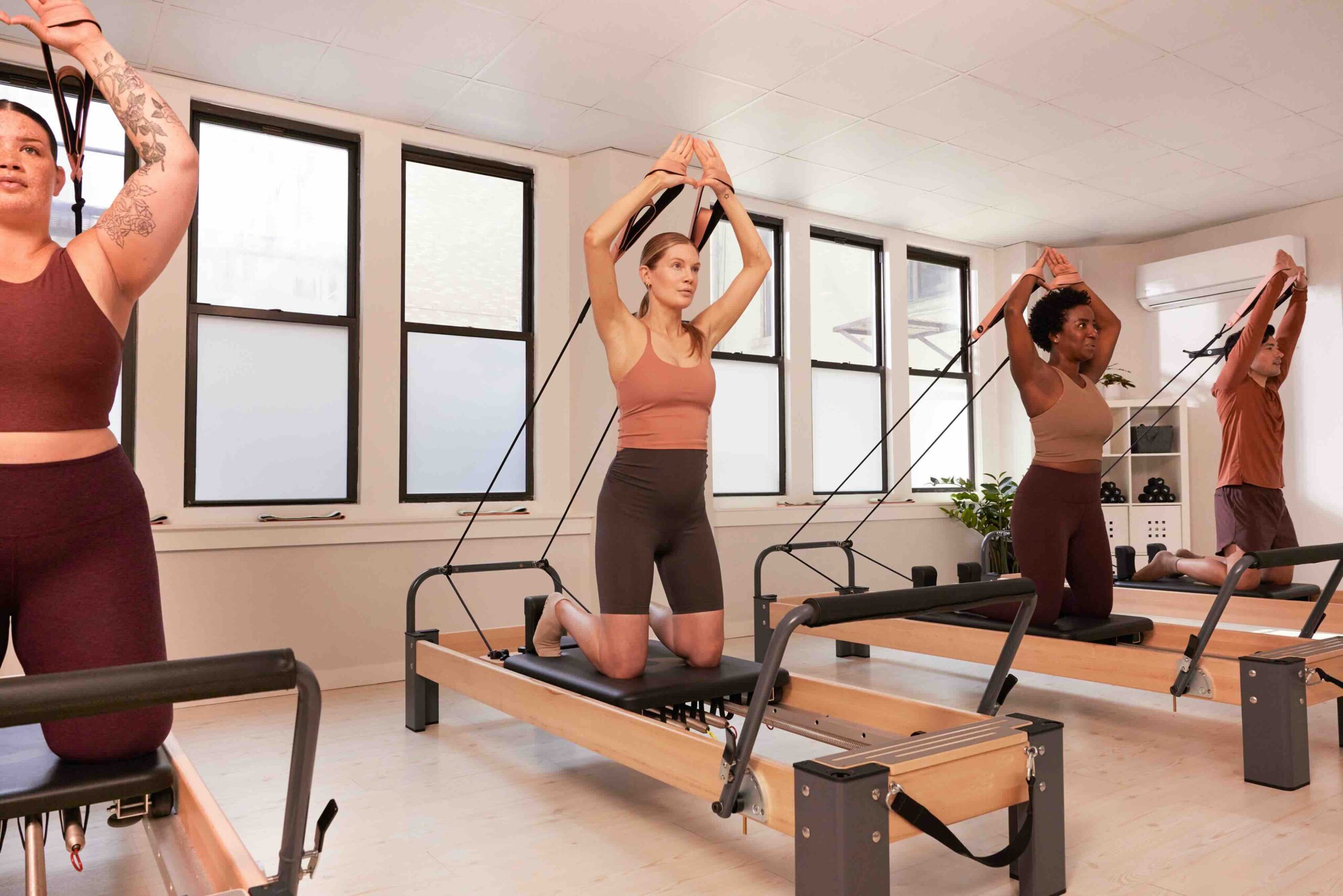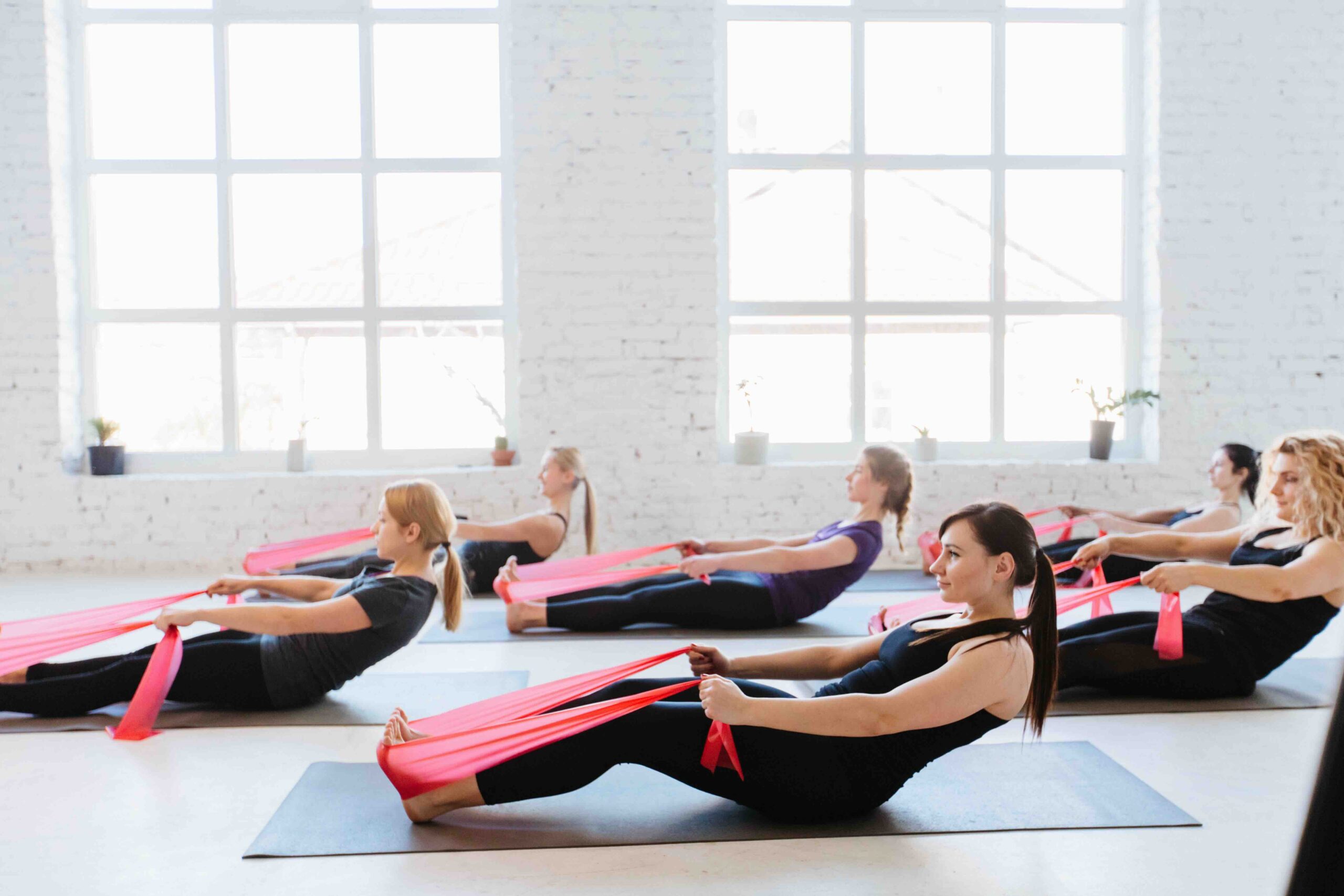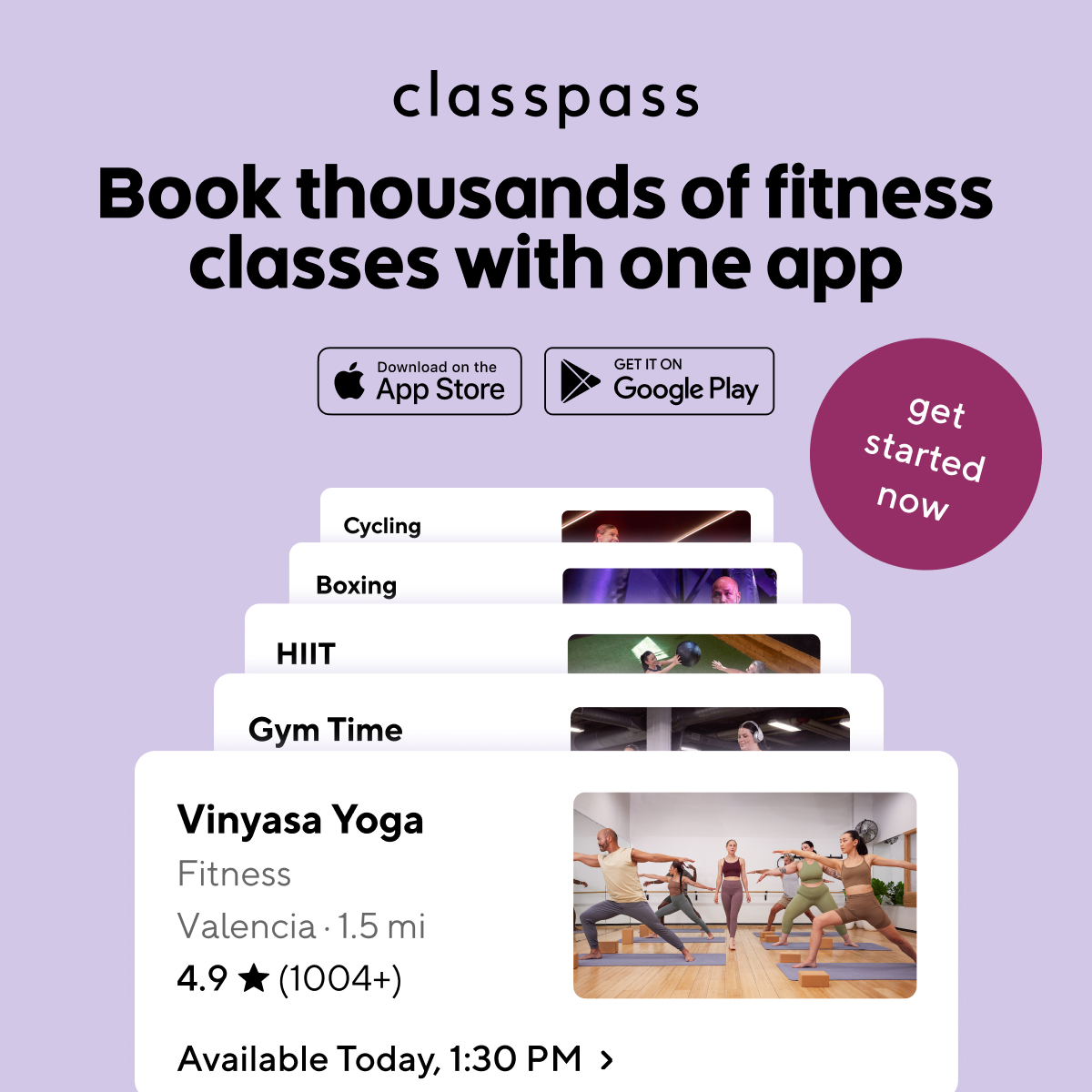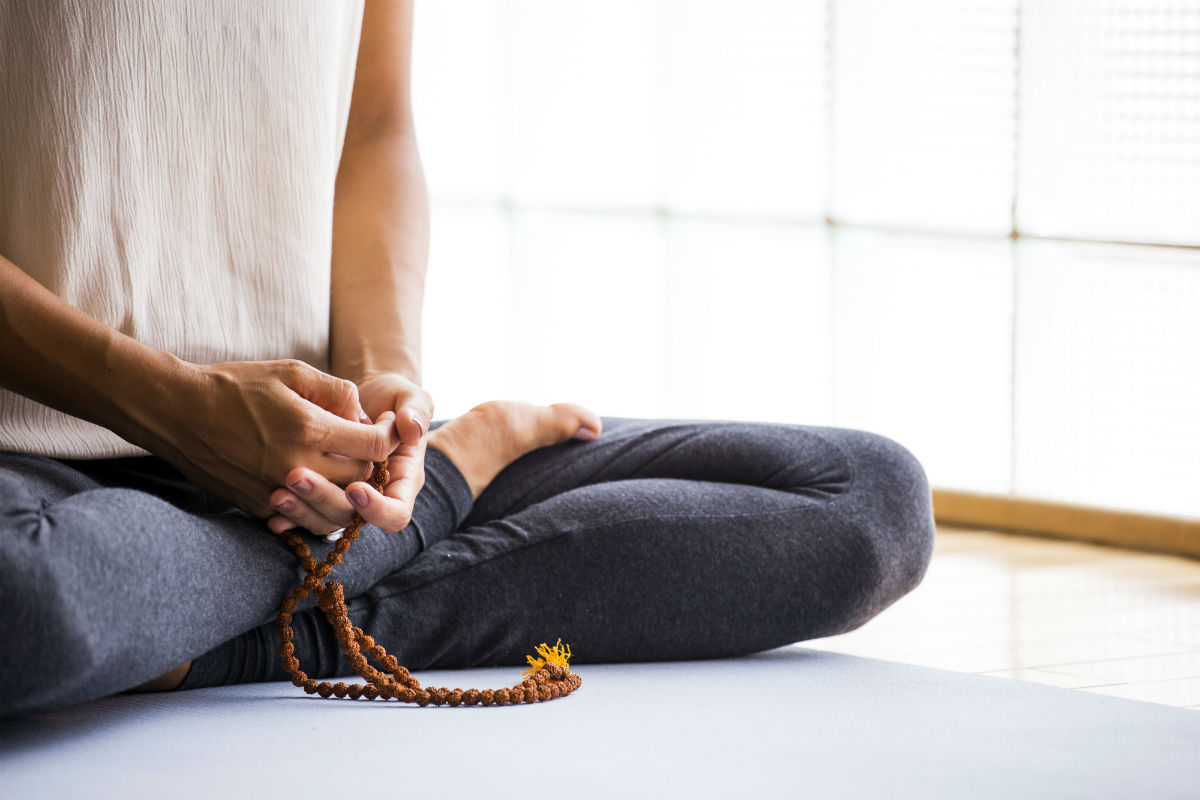One of our favorite pieces of equipment we love to hate: the good old foam roller. If you’ve invested in your own or use one on occasion at your favorite studio before or after class, you’ve probably learned a few basic ways to get your body back in check after a challenging workout. Looking for ways to soothe sore muscles? Read our guide on reducing soreness.
But why is foam rolling useful? Why is the pain so necessary? Foam rolling is a myofascial release technique that you can perform on yourself. this means that you are stretching out your muscle fibers and elongating them. This can help relieve muscle soreness and tightness, inflammation and increase your mobility.
[sc name=”saveupto70off” ]Foam rolling can be added to the start of your workout, at the end of your workout, or just when you’re at home and want to work on mobility.
There are many different types of exercises you can do using a foam roller, including to reduce back pain, reduce sciatica pain, increase shoulder mobility and increase hip openness.
Start with these foam roller exercises:
Hip Opener
If the standard glute rolling techniques aren’t quite hitting the mark on helping your hips become more mobile, it’s time to incorporate this highly effective technique into your rolling session! And ladies: this one’s even more important for you. For women, the hips are our emotional center and carry most of our tension, which can lead to back and knee pain if neglected. Couple this technique with the more common external rotator foam rolling technique to release tension in your hips and lower back!
The Rollout Plank
This is a killer way to build some serious core strength, and help you improve your coordination! You’ll also strengthen your shoulders and wrists, helping you stay injury free from more high impact workouts. Just as you would with an ab roller wheel, press the foam roller away from you one hand at a time to your challenge point, and walk it back. For an added challenge, do this from a pull plank position on your toes!
The Inner Thigh Stretch
This is often the most neglected muscle group when it comes to foam rolling. It can lead to injuries when it comes to your glutes and squat form if not released properly. If you’re looking to improve your hip mobility for more complex moves in the studio, add this to your cooldown arsenal of exercises!
Balancing Bear Crawl
This is an amazing way to work your core and help you improve your form during other exercises! From an all fours position, place a foam roller across your hip bones, right at the base of your spine. Pressing up onto the balls of your feet and hands, left foot on opposite hand and the knee half an inch off the ground, keeping the foam roller balanced by keeping your hips as parallel to the ground as possible. Try it on your next gym time session!
The Open Book
This is a great all-in-one movement that will help you release back tension and increase flexibility, making it easier to perform core exercises more effectively and safely. It also helps improve shoulder mobility and scapular strength. Add this to your foam rolling session for a serious leg up in your future workouts!
Who knew foam rolling could be this creative and challenging as a workout as well? Take your recovery and workouts to the next level of greatness with a few or all of these moves during your next sweat session!
Try these foam roller exercises for your back and shoulders
If you sit at a desk job, you likely need to roll out your shoulders and back. You can damage your neck and reduce overall mobility if you aren’t careful. Start by rolling out your chest, then move to rolling out your lats. Finally try out a roller thoracic extension.
Try these foam roller exercises for your hips and legs
If you’re sitting all day, another great thing to do is stretching out your legs! This will help improve your mobility and stability. Start by rolling out your quads. Then move to rolling out your hip flexors and your IT band. Then start rolling out your calves and hamstrings.
